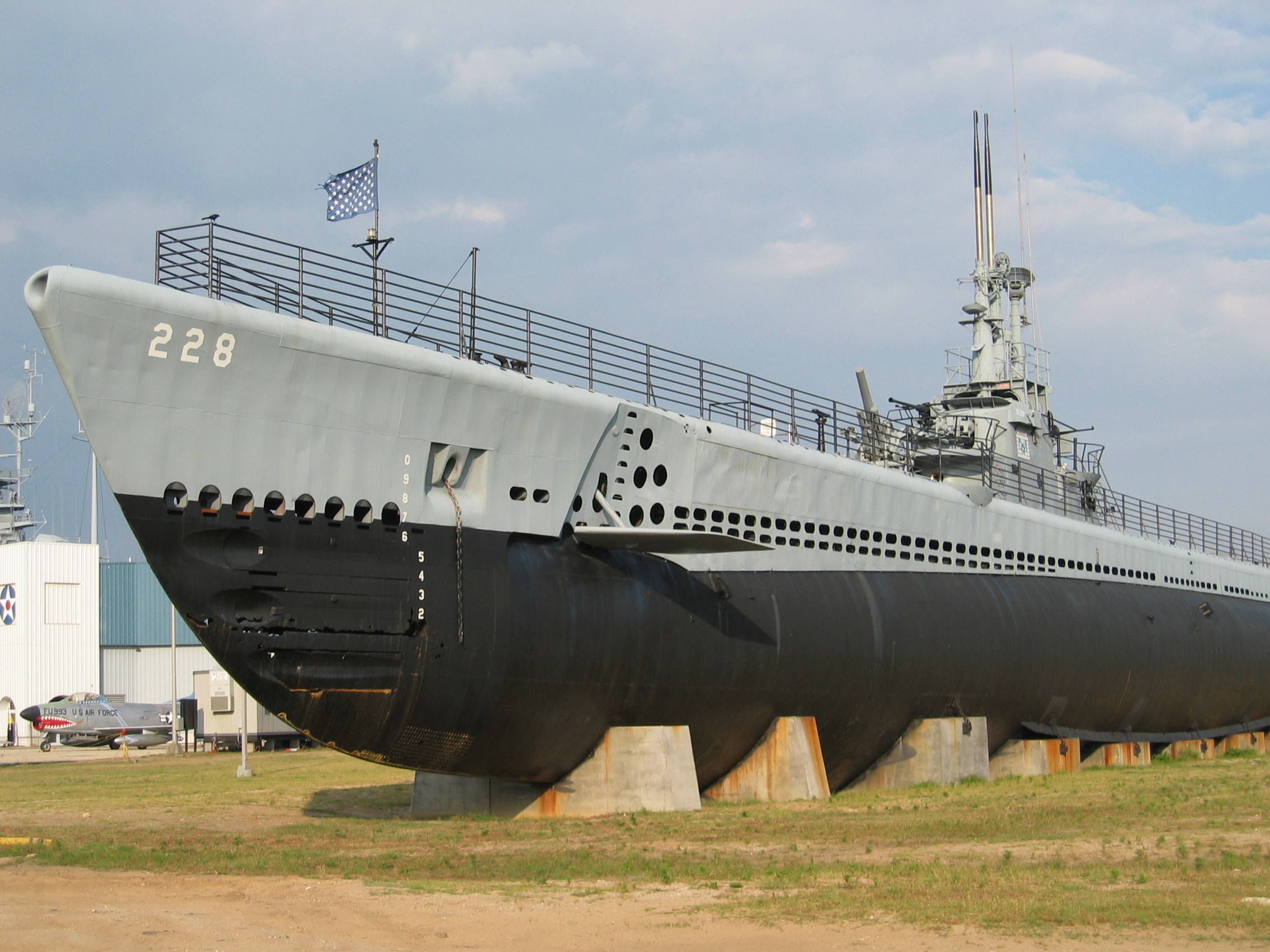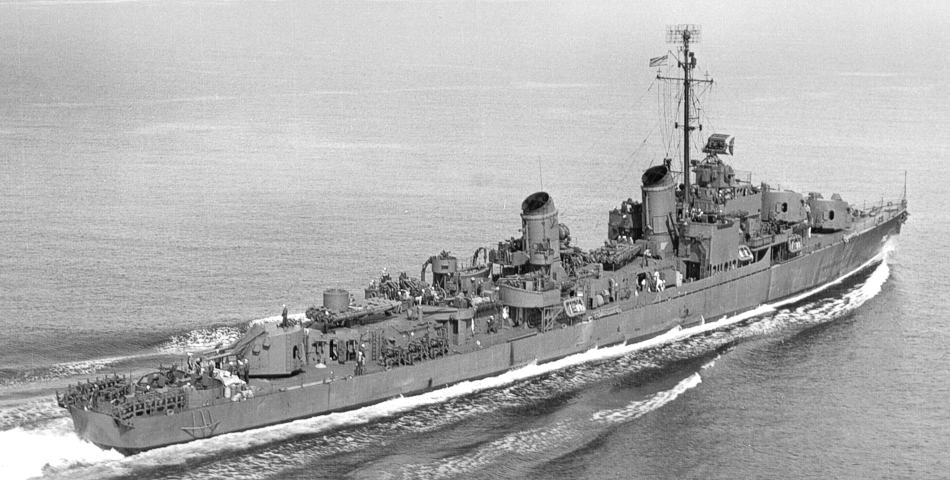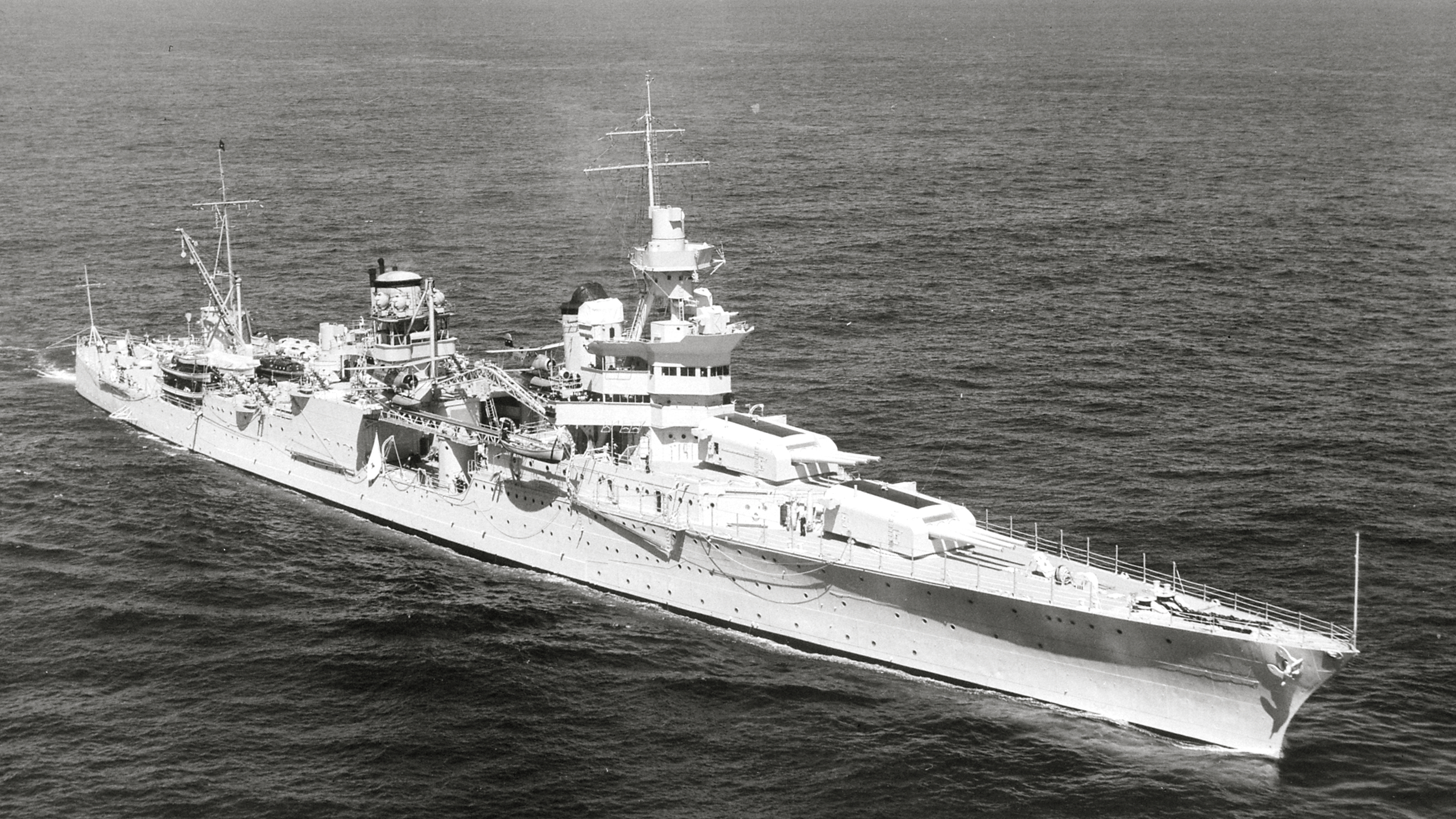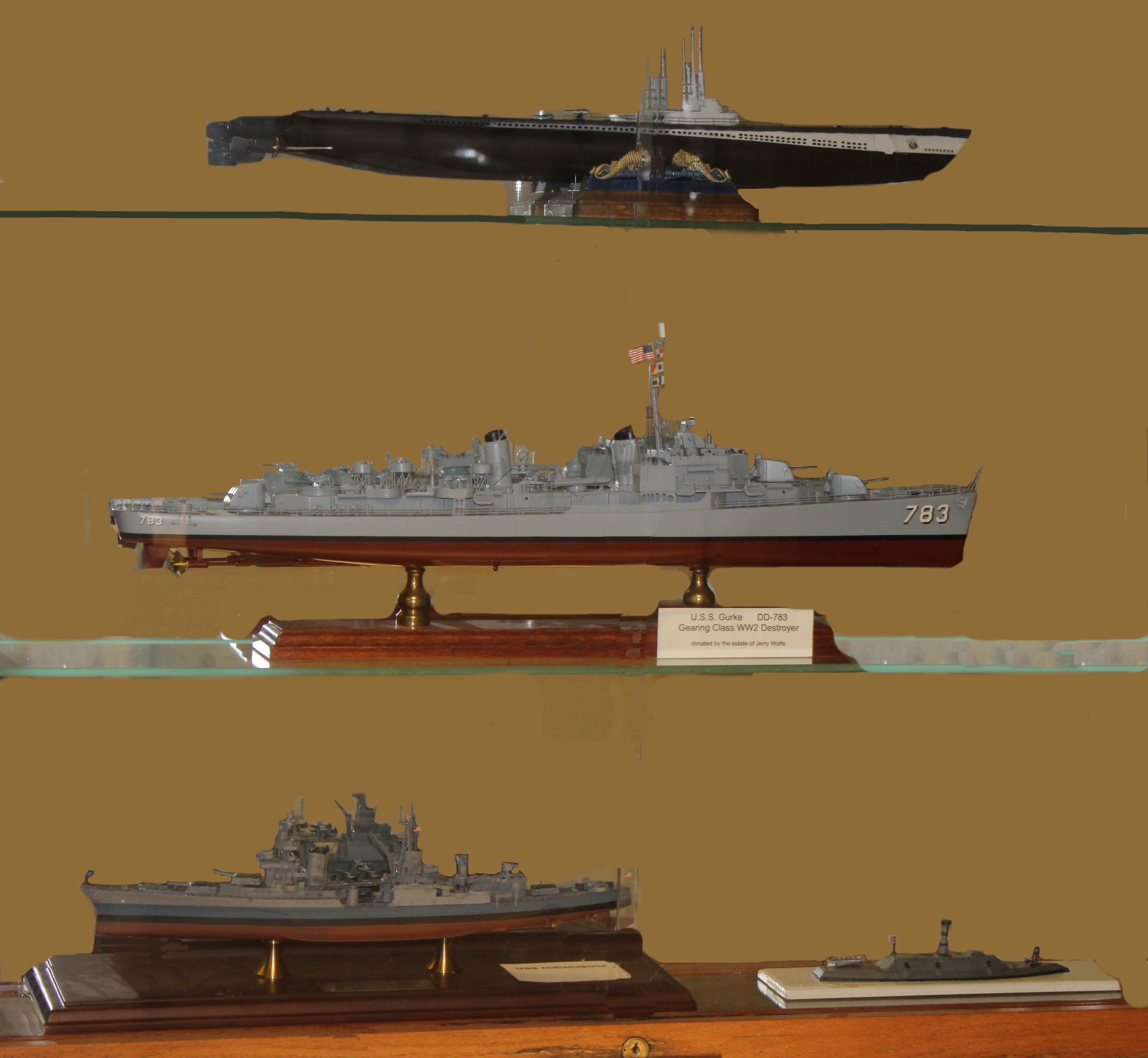Gato Class Submarine:

Gato Class Submarines were the backbone of the US Navy submarine fleet during World War II and were the first mass-produced submarine class of the war. The Gato Class Submarines were the primary source of submarine inflicted losses on Japanese merchant marine and Imperial Navy ships. The Gato class is named after a small species of catshark. Gato class boats are considered “Fleet Submarines”. These submarines were originally intended to perform reconnaissance in preparation for naval engagements between battleships and cruisers. For this purpose, the Gato class submarines were capable of high speed, long range and endurance. The Gato class submarine design was an evolution of the Tambor and Gar class. The Gato class submarines were designed with a partial double hull and were capable of operating routinely at 300 ft. Gato class submarines are large boats and require up to 35 seconds to fully submerge. Gato class submarines had features that enhanced crew comfort that many contemporary and some more modern designs lack such as air-conditioning, food refrigeration, fresh water distilleries and individual bunks for each of the crew. The air conditioning not only made the boar more comfortable for the crew, the dehumidification provided was a benefit for electrical equipment vulnerable to conditions of high humidity. The 1st Gato class submarine the USS Drum, commissioned in 1941 and preserved at the USS Alabama Battleship Memorial Park is powered by a Fairbanks-Morse 38D 8-1/8 nine cylinder opposed piston engine. By 1944, A total of 77 Gato class submarines were commissioned. 20 Gato class submarines were lost during World War II. Most of the Gato class submarines were built at Electric Boat Facilities in Groton, Connecticut. With one exception, all Gato class submarines fought in the Pacific theater during World War II. The main armament was the steam powered Mark 14 torpedo and later the electric Mark 18 torpedo. Both torpedo designs had significant flaws that made them unreliable to dangerous to employ until design improvements were made. The Gato class submarine like many other designs, was equipped with a deck gun to be used against targets that were not practical to expend the limited supply of torpedoes.
USS Gurke:

The Gearing Class consisted of 98 destroyers built during the last years of WWII. The Gearing Class was an evolution of the Allen M Sumner class with greater fuel capacity for longer range. The Gearing Class Destroyers were armed with three twin 5 inch guns, controled by a Mark 37 Gun Fire Control System with a Mark 25 fire control radar linked by a Mark 1A Fire Control Computer stabilized by a Mark 6 8,500 rpm gyro. This fire control system provided effective long-range anti-aircraft (AA) or anti-surface fire. The destroyer also had Twelve 40 mm (1.57 in) Bofors guns in two quad and two twin mounts and 11 20 mm (0.79 in) Oerlikon cannons in single mounts. The initial design retained the Allen M. Sumner class's heavy torpedo armament of ten 21-inch (530 mm) torpedo tubes in two quintuple mounts, firing the Mark 15 torpedo. The USS Gurke participated in the occupation of Japan and former posessions, In the Korean War, the USS Gurke supported of the landing at Inchon, 13–15 September 1950. The USS Gurke recieved minor damage from Communist fire during this engagement. The USS Gurke also patrolled the Straights of Formosa and frequently served as flagship of Vice Admiral Arthur D. Struble and the 7th Fleet's Carrier Task Force 77 (TF 77).
USS Indianapolis:

The USS Indianapolis was a Portland class heavy cruiser built for the US Navy in 1931. The Indianapolis was the flagship for Admiral Raymond Spruance in the Pacific Theater in 1943 and 1944. In 1945, the Indianapolis was used to deliver uranium components to Tinian Naval Base for the Little Boy atomic bomb, which, at the time, represented about half the worlds supply of uranium . After departing, on July 30th, the ship was struck by a Japanese torpedo launched from submarine I-58 and sunk in 12 minutes. It is believed that 300 of the 1195 crewmen went down with the ship. The remaining 980 crewmen were stranded in the open ocean with few lifeboats. The survivors were spotted by a Navy patrol plane during a routine mission in the area after which, 316 were rescued. During their time in the water, the surviving crew were subjected to what has been called the highest incidence of shark attacks on humans in history.
The Indianapolis was second of two ships in the Portland class. The ship was classified as a heavy cruiser because of its 8-inch guns. This type vessel had a full load displacement of 12,755 tons. The ship had two distinctive funnels, a tripod foremast, and a prominent naval director fire control system installed aft. The ship was equipped with four propellers, four geared turbines and eight boilers. The ship was capable of achieving 32 knots and had a range of 12,000 miles. Portland class cruisers were outfitted as fleet flagships with accommodations for a flag officer and his staff. The ship was crewed by 1229 crew members.
CSS Huntsville:

The CSS Huntsville was a floating ironclad battery built in Selma, Alabama in 1863 and named after the city of Huntsville in Madison County, Alabama. The steam powered, propeller driven ship was 150 ft feet long and 32 ft wide. The ship was crewed by 40 men and armed with four 32 pound smooth bore guns and one 6.4 inch rifled gun. The vessel was only partially armored with armor plate built by Shelby Iron Company and Atlanta Rolling Mill. The engines powering the vessel were salvaged from a contemporary steamship and provided the vessel with a slow speed of two knots.. The ship was assigned to patrol the waterways near Mobile. After the battle of Mobile Bay, the ship was scuttled by her crew to avoid capture by Union forces. The wreck of the ship was found in 1985 and is located near the confluence of the Spanish River and Mobile River in 30 ft of water.

During the Siege of Spanish Fort, the CSS Huntsville along with the CSS Nashville and the Morgan served in the last naval engagements of the Civil War.



